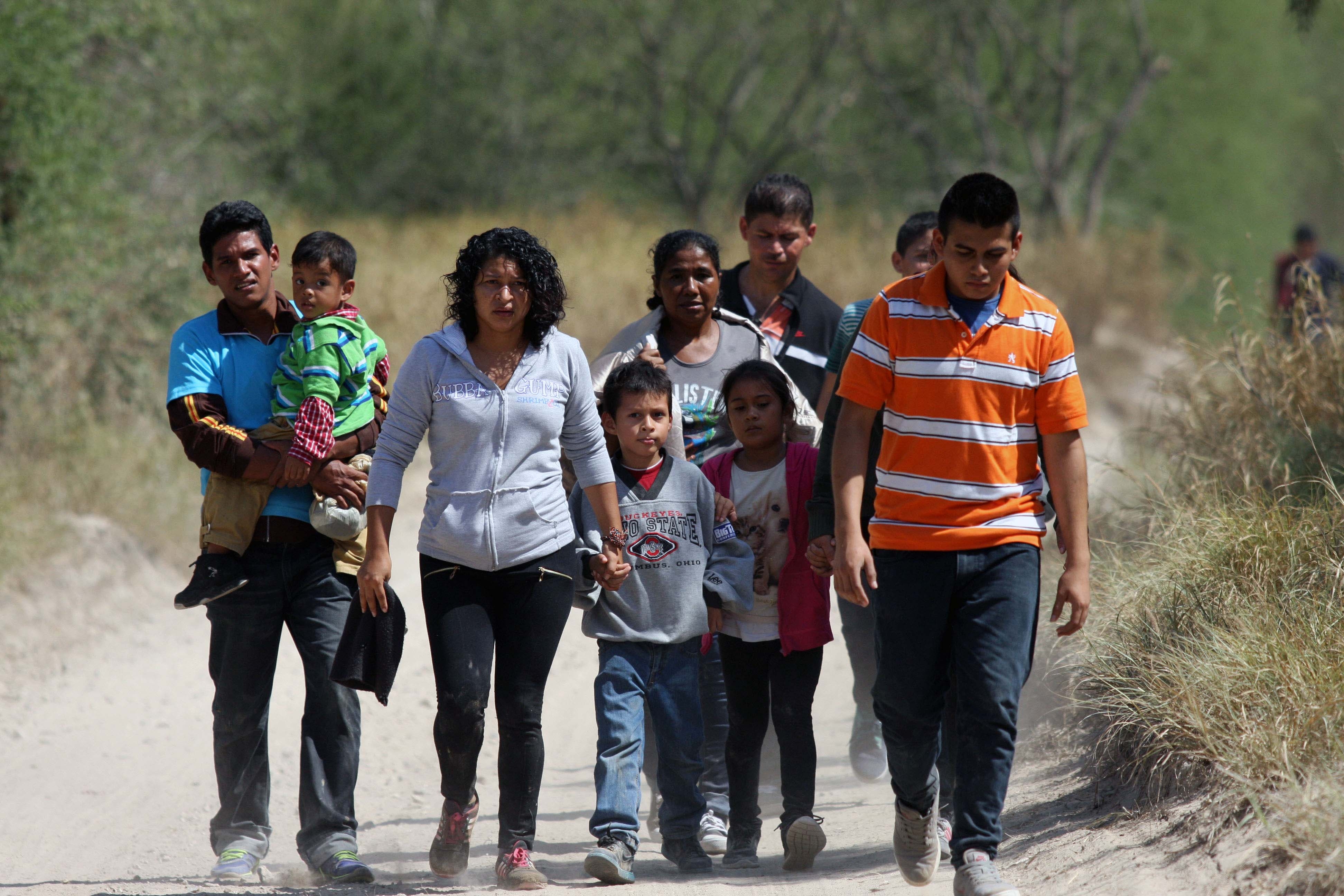
[ad_1]

A new report about migration, co-authored by MIT scholars, shows that economic distress is the main factor pushing migrants from Central America to the U.S. — and highlights the personal costs borne by people as they seek to move abroad.
“The core issue is economics, at the end of the day, and this is where policymakers need to be focusing their energy,” says Sarah Williams, an MIT professor who helped produce the report. “At the heart of what’s causing migration is that people don’t have enough money to provide for their basic needs.”
The study, based on a unique survey of over 5,000 people in El Salvador, Guatemala, and Honduras, finds a sharp increase in the number of people considering migrating after nearly two years of the Covid-19 pandemic. About 43 percent of people surveyed in 2021 were considering migrating, compared to 8 percent in 2019. That change comes as food insecurity in the region soars: The UN’s World Food Program (WFP) estimates that 6.4 million people in the three countries were suffering from food insecurity in 2021, up from 2.2 million in 2019.
Survey respondents cited low wages, unemployment, and minimal income levels as factors increasing their desire to emigrate — ahead of reasons such as violence or natural disasters. In contrast to the 43 percent of people who were considering migrating, only 3 percent of people in the survey said they had made concrete plans to migrate. But 23 percent of those experiencing food insecurity had made concrete plans to leave.
One likely reason more people do not migrate is cost: An estimated 1.8 million Central Americans have attempted to migrate in the past five years, costing them collectively about $2.2 billion per year, which is equal to about one-tenth of Honduras’ annual GDP.
“That is an extreme amount of money,” says Williams, an associate professor of technology and urban planning in MIT’s Department of Urban Studies and Planning, and director of MIT’s Leventhal Center for Advanced Urbanism. “That $2.2 billion is all paid for by the migrants themselves, so the risks, both in terms of debt and personal risk, is borne by the migrant.”
MIT’s Civic Data Design Lab, which Williams also directs, helped analyze study data, produce the report, and create data visualizations to illustrate the economics of regional migration from central America.
Providing services to two countries
The report, “Charting a New Regional Course of Action: The Complex Motivations and Costs of Central American Migration,” is the product of a collaboration between the WFP; the Migration Policy Institute (MPI), a nonpartisan think tank; and MIT’s Civic Data Design Lab. Additional funding support was provided by the Inter-American Development Bank (IDB) and the Organization of American States (OAS). The project grew in part of a food insecurity study by the WFP, who also conducted the immigration survey.
The findings are being discussed at an online forum today featuring WFP Executive Director David Beasley, OAS Secretary General Luis Almagro, and IDB President Mauricio Claver-Carone; Williams and the report authors; and the foreign ministers of El Salvador, Guatemala, and Honduras.
The report found that 89 percent of people considering migrating were looking at the U.S. as their first choice. In households where someone had tried migrating in the last five years, about 57 percent of migrants had successfully reached their destination country and stayed, while 33 percent had returned home.
About 55 percent of migrants had tried using an illegal smuggler to help them, at a cost of about $7,500 per attempt, compared to a cost of about $4,500 for those using legal means.
“Illegal pathways to migration are much more expensive than legal pathways,” Williams observes.
Whatever means migrants use, Williams also notes, the migrants themselves are bearing the cost of providing services to two countries. Migrants are a source of inexpensive labor in the U.S.; foreign-born workers made up 73 percent of all U.S.-hired crop labor workers in 2016, for instance.
But Central American countries also benefit from the labor of emigrants: Around 29 percent of households receive remittances — cash payments from immigrants living abroad, which constitute a nontrivial source of income in places like El Salvador, Guatemala, and Honduras.
“We must create incentives and opportunities for diasporas to invest in the development of local communities and become agents of change,” Williams says.
The policy possibilities
With many Central American residents at least considering immigration, the new report suggests a series of policy measures that could help their local and national economies. While the U.S. is involved in aid programs in Central America, the report’s policy suggestions emphasize economic investment tailored to local conditions, tied with increased social programs. For instance, investment in local agriculture can be linked to better support for school-food programs that use local produce.
“Targeted investment would do a lot more than just providing aid to the country,” Williams says.
The report also recommends expanding legal pathways to immigration that could simplify the entire process, and help the regional flow of labor meet demand. This includes, as the report notes, “coordinated efforts to increase access to temporary employment visas,” among other things.
Williams says the Civic Data Design Lab, which focuses on urgent social policy matters, plans to continue to examine immigration issues and related matters. This is because the root causes are complex and data can help clarify the issues for policymakers and the public. Her lab has developed a visualization website making the survey and the report more accessible to the public.
“We’re bringing the skills of MIT to an important issue, and that’s what has been so rewarding,” Williams says. “We hope this collaboration continues and are looking forward to working with the World Food Program again in the future.”
[ad_2]
Source link